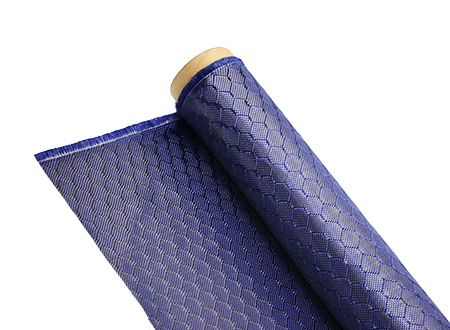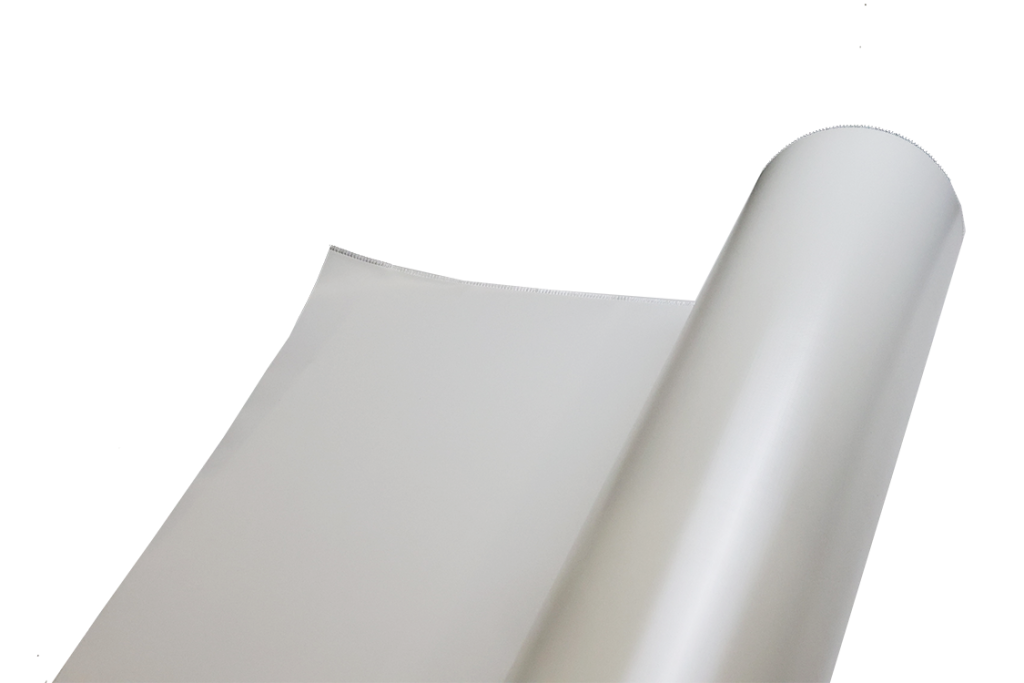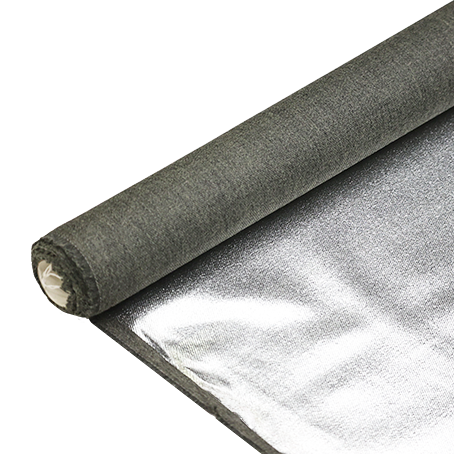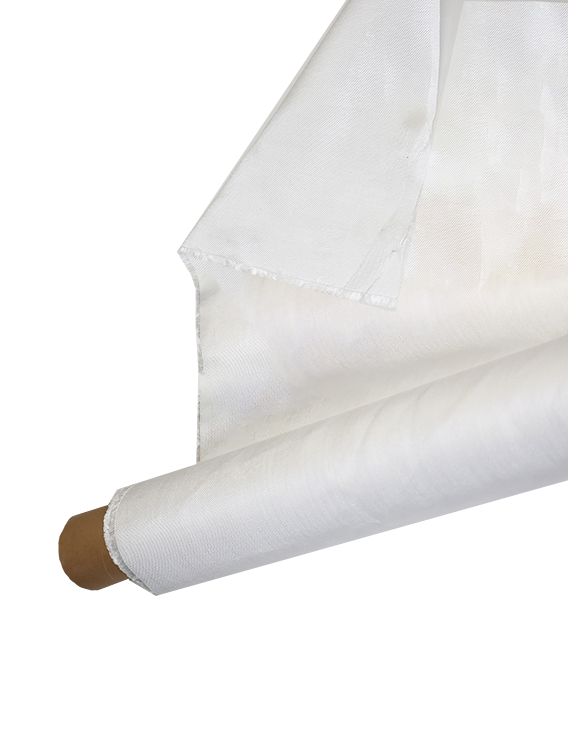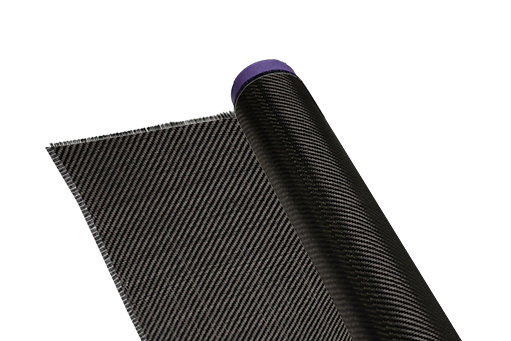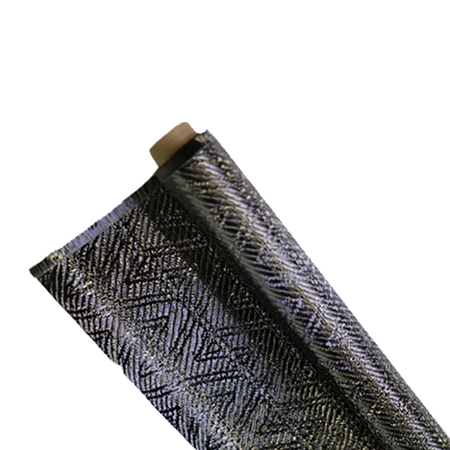Composite Curing Technology Improved by Induction Heating
-
Table of Contents
“Revolutionizing Composite Curing: Precision and Efficiency with Induction Heating.”
Composite curing technology enhanced by induction heating represents a significant advancement in the manufacturing of composite materials. This innovative approach utilizes electromagnetic induction to generate heat directly within the composite material, leading to more uniform and efficient curing processes. By minimizing thermal gradients and reducing curing times, induction heating improves the mechanical properties and overall performance of composite components. This technology not only enhances production efficiency but also allows for greater design flexibility and the potential for integrating complex geometries in aerospace, automotive, and other high-performance applications. As industries continue to seek lightweight and durable materials, the adoption of induction heating in composite curing is poised to revolutionize manufacturing practices.
Enhanced Efficiency in Composite Curing with Induction Heating
The advancement of composite curing technology has significantly transformed the manufacturing landscape, particularly in industries such as aerospace, automotive, and marine. Among the various methods employed for curing composites, induction heating has emerged as a groundbreaking technique that enhances efficiency and effectiveness. This innovative approach leverages electromagnetic induction to generate heat directly within the composite material, thereby streamlining the curing process and improving overall performance.
One of the primary advantages of induction heating in composite curing is its ability to provide rapid and uniform heating. Traditional curing methods, such as autoclave or oven curing, often rely on external heat sources that can lead to uneven temperature distribution. This inconsistency can result in defects within the composite, such as voids or weak spots, which ultimately compromise the integrity of the final product. In contrast, induction heating allows for precise control over the heating process, ensuring that the entire composite structure reaches the desired temperature uniformly. This uniformity not only enhances the quality of the cured composite but also reduces the likelihood of post-curing defects.
Moreover, the speed of the induction heating process is a significant factor in improving efficiency. Conventional curing methods can be time-consuming, often requiring several hours to achieve the necessary temperature and pressure for optimal curing. Induction heating, on the other hand, can significantly reduce curing times, sometimes achieving the desired results in a fraction of the time. This rapid heating capability not only accelerates production cycles but also allows manufacturers to respond more swiftly to market demands, thereby enhancing competitiveness.
In addition to speed and uniformity, induction heating offers energy efficiency advantages that are increasingly important in today’s manufacturing environment. Traditional curing methods often consume large amounts of energy, leading to higher operational costs and a larger carbon footprint. Induction heating, however, is more energy-efficient as it directly heats the material rather than relying on ambient heat transfer. This targeted approach minimizes energy waste and contributes to more sustainable manufacturing practices. As industries strive to reduce their environmental impact, the adoption of energy-efficient technologies like induction heating becomes increasingly appealing.
Furthermore, the integration of induction heating into composite curing processes can facilitate the use of advanced materials that may have previously been challenging to cure effectively. For instance, certain thermosetting resins and high-performance composites require precise temperature control to achieve optimal properties. Induction heating’s ability to provide rapid and localized heating makes it an ideal solution for curing these advanced materials, thereby expanding the range of applications and enhancing the performance characteristics of the final products.
As the demand for high-performance composites continues to grow, the role of induction heating in composite curing is likely to expand further. Manufacturers are increasingly recognizing the benefits of this technology, not only in terms of efficiency and quality but also in its potential to innovate and improve product offerings. The ongoing research and development in this field promise to unlock new possibilities, paving the way for even more sophisticated applications of composite materials.
In conclusion, the integration of induction heating into composite curing processes represents a significant leap forward in manufacturing technology. By enhancing efficiency, ensuring uniform heating, reducing energy consumption, and enabling the use of advanced materials, induction heating is poised to redefine the standards of composite curing. As industries continue to evolve, embracing such innovative technologies will be crucial for maintaining competitiveness and meeting the ever-increasing demands for high-quality composite products.
The Role of Induction Heating in Reducing Curing Times for Composites

The advancement of composite materials has revolutionized various industries, including aerospace, automotive, and construction, due to their exceptional strength-to-weight ratios and corrosion resistance. However, the curing process, which solidifies these materials, often presents challenges, particularly in terms of time efficiency. Traditional curing methods, such as autoclaving and oven curing, can be time-consuming and energy-intensive. In this context, induction heating has emerged as a transformative technology, significantly reducing curing times for composites while enhancing overall process efficiency.
Induction heating operates on the principle of electromagnetic induction, where an alternating current generates a magnetic field that induces heat directly within the material. This method offers several advantages over conventional heating techniques. For instance, induction heating allows for rapid and uniform heating of composite materials, ensuring that the entire structure reaches the desired temperature quickly. This is particularly beneficial for thick or complex geometries, where traditional methods may struggle to achieve consistent heat distribution.
Moreover, the speed of induction heating contributes to a reduction in overall curing times. By minimizing the time required to reach the necessary curing temperature, manufacturers can increase production rates and reduce energy consumption. This efficiency is particularly crucial in industries where time-to-market is a competitive advantage. As a result, companies can respond more swiftly to market demands, ultimately enhancing their profitability and sustainability.
In addition to reducing curing times, induction heating also improves the quality of the cured composites. The precise control over temperature and heating rates allows for better management of the curing process, which can lead to fewer defects and improved mechanical properties. For instance, the risk of thermal degradation or uneven curing is significantly diminished, resulting in composites that exhibit superior performance characteristics. This is particularly important in high-stakes applications, such as aerospace components, where material integrity is paramount.
Furthermore, the integration of induction heating into composite manufacturing processes aligns with the growing emphasis on sustainability. Traditional curing methods often require substantial energy inputs and can produce significant waste. In contrast, induction heating is more energy-efficient, as it directly heats the material rather than the surrounding environment. This targeted approach not only reduces energy consumption but also minimizes the carbon footprint associated with composite production.
As industries continue to seek innovative solutions to enhance efficiency and sustainability, the role of induction heating in composite curing is likely to expand. Research and development efforts are ongoing to optimize this technology further, exploring its application in various composite systems and formulations. The potential for induction heating to facilitate the curing of advanced composites, such as thermosets and thermoplastics, is particularly promising, as it may unlock new possibilities for material performance and application.
In conclusion, induction heating represents a significant advancement in the curing of composite materials, offering reduced curing times, improved quality, and enhanced sustainability. As manufacturers increasingly adopt this technology, the benefits will likely ripple through various sectors, driving innovation and efficiency. The future of composite curing appears bright, with induction heating at the forefront of this evolution, paving the way for more efficient and sustainable manufacturing practices. As the industry continues to evolve, the integration of such technologies will be crucial in meeting the demands of an ever-changing market landscape.
Innovations in Composite Manufacturing: Induction Heating Techniques
In recent years, the field of composite manufacturing has witnessed significant advancements, particularly with the introduction of induction heating techniques. This innovative approach has transformed the curing process of composite materials, enhancing their performance and efficiency. Traditionally, curing composites involved the use of autoclaves or ovens, which, while effective, often required long processing times and substantial energy consumption. However, the advent of induction heating has provided a more efficient alternative, streamlining the manufacturing process and improving the overall quality of composite products.
Induction heating operates on the principle of electromagnetic induction, where an alternating current generates a magnetic field that induces heat directly within the material. This method allows for rapid and uniform heating, which is particularly beneficial for curing composite materials. By applying heat directly to the composite, manufacturers can achieve precise temperature control, ensuring that the curing process is both efficient and effective. This precision is crucial, as it minimizes the risk of defects such as delamination or incomplete curing, which can compromise the integrity of the final product.
Moreover, the speed of induction heating significantly reduces the time required for the curing process. Traditional methods often involve lengthy cycles, which can lead to increased production times and higher operational costs. In contrast, induction heating can cure composites in a fraction of the time, allowing manufacturers to increase their output and respond more swiftly to market demands. This rapid curing capability not only enhances productivity but also contributes to a more sustainable manufacturing process by reducing energy consumption.
In addition to improving efficiency, induction heating techniques also offer enhanced versatility in composite manufacturing. The ability to control heating profiles allows manufacturers to tailor the curing process to specific materials and geometries. This adaptability is particularly advantageous in industries such as aerospace and automotive, where complex composite structures are increasingly utilized. By optimizing the curing process for different applications, manufacturers can achieve superior mechanical properties and performance characteristics in their composite products.
Furthermore, the integration of induction heating into composite manufacturing aligns with the industry’s ongoing efforts to adopt more sustainable practices. As environmental concerns continue to rise, manufacturers are seeking ways to reduce their carbon footprint and minimize waste. Induction heating not only lowers energy consumption but also reduces the need for extensive tooling and infrastructure associated with traditional curing methods. This shift towards more sustainable practices is essential for the long-term viability of the composite manufacturing sector.
As the technology continues to evolve, ongoing research and development are expected to further enhance the capabilities of induction heating in composite curing. Innovations such as advanced control systems and improved coil designs are likely to emerge, enabling even greater efficiency and precision. Additionally, as more manufacturers adopt these techniques, the collective knowledge and experience within the industry will contribute to the refinement of best practices, ultimately benefiting the entire sector.
In conclusion, the introduction of induction heating techniques in composite manufacturing represents a significant leap forward in the curing process. By offering rapid, efficient, and precise heating, this technology not only enhances the quality of composite materials but also aligns with the industry’s goals of sustainability and productivity. As the field continues to advance, the potential for further innovations in induction heating promises to reshape the landscape of composite manufacturing, paving the way for new applications and improved performance in a variety of industries.
Q&A
1. **What is composite curing technology improved by induction heating?**
Composite curing technology improved by induction heating involves using electromagnetic induction to rapidly heat composite materials during the curing process, enhancing the efficiency and quality of the final product.
2. **What are the benefits of using induction heating for composite curing?**
The benefits include faster curing times, improved temperature uniformity, reduced energy consumption, and the ability to selectively heat specific areas of the composite, leading to better mechanical properties.
3. **In what industries is induction heating for composite curing commonly applied?**
Induction heating for composite curing is commonly applied in aerospace, automotive, and marine industries, where high-performance composite materials are essential for lightweight and durable structures.Composite curing technology improved by induction heating offers enhanced efficiency and precision in the curing process. This method allows for rapid and uniform heating of composite materials, reducing cycle times and improving the mechanical properties of the final product. The ability to control temperature and heating rates minimizes the risk of thermal degradation and ensures optimal curing conditions. Overall, induction heating represents a significant advancement in composite manufacturing, leading to higher quality components and increased production efficiency.

